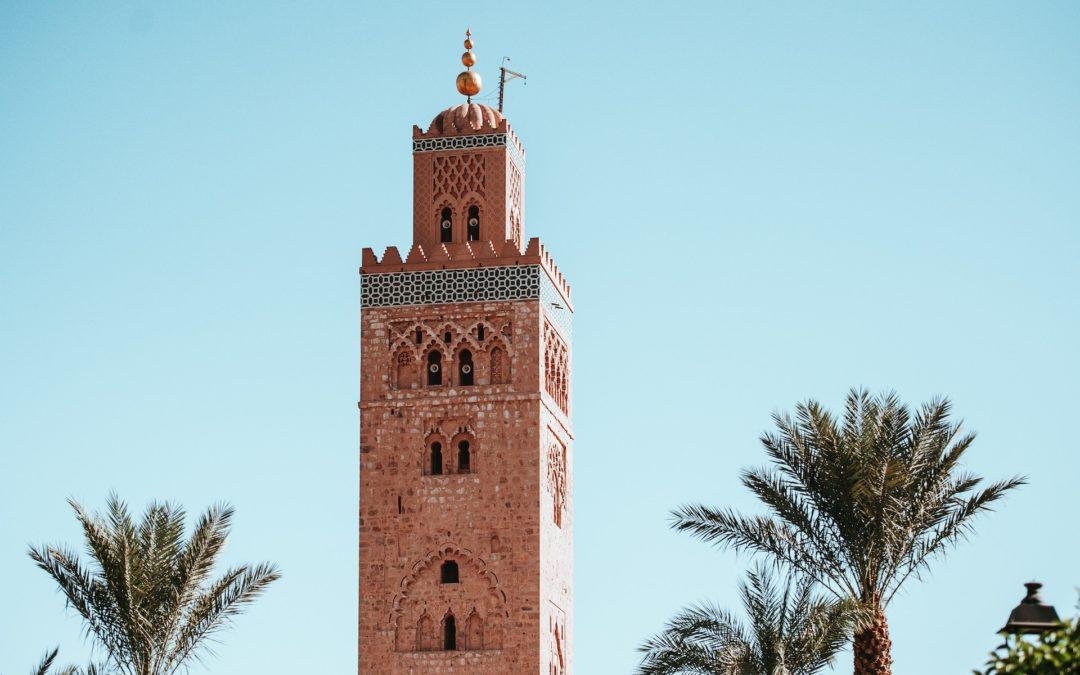Morocco is an enchanting country that lies between the vast Sahara Desert and the sparkling Mediterranean Sea. It is a place where ancient customs and modern beauty mix. This North African gem that not many people know about has a rich past, a variety of landscapes, a lively culture, and friendly people. Before you travel to this fascinating country, it is important to know the 20 things every person should know about Morocco. This will make the experience more enjoyable and help you learn more about the country’s culture. From experiencing the tantalizing tastes of Moroccan food to walking down the mysterious blue streets of Chefchaouen, these tips will help you find the magic in every part of Morocco. So, let us embark on an adventure of discovery and unravel the 20 things every person should know about Morocco.
Most Important Facts to Know About Morocco
1. Geography and Location
Morocco is situated in northwest Africa. To the west of the country lies the Atlantic Ocean, while to the north lies the Mediterranean Sea. It shares its borders with Algeria to the east and southeast, and with Mauritania to the south. Its strategic location between Africa and Europe facilitates the blending of ideas and cultures from both continents. Along the Atlantic and Mediterranean coastlines, you’ll find picturesque fields. The Atlas Mountains span across the central region, while the Sahara Desert dominates the southern landscape. The Atlas Mountains encompass primarily the High Atlas, Middle Atlas, and Anti-Atlas mountain ranges. Each of these mountainous areas offers opportunities for hiking and stunning scenery. Morocco serves as an exceptional destination that showcases a diverse range of landscapes. From vast deserts to towering mountains and scenic coastlines, the country has it all.
2. Cultural Mosaic
Morocco stands as a fascinating embodiment of cultural diversity, seamlessly weaving together a tapestry of numerous influences, such as Arab, Berber, African, and European, which have shaped its identity. This captivating nation’s essence is intricately reflected in its diverse art forms, architectural marvels, rhythmic music, and delectable culinary treasures, all of which converge to create a sensory experience that showcases the depth of its heritage. The harmonious fusion of these multifaceted traditions underscores Morocco’s role as a vibrant crossroads of civilizations, inviting exploration and celebration of its truly exceptional blend.
3. Language and Religion
Moroccan culture is shaped by language and religion. Arabic is the official language of government, media, and education. Berber (Amazigh) is commonly spoken in rural Morocco, which is linguistically diverse.
According to the Pew Research Center, 99% of Moroccans are Sunni Muslims. Moroccan religious culture includes mosques, madrasas (Islamic schools), and key religious customs. The call to prayer, religious festivals like Ramadan and Eid, and Islamic emphasis on family and community values all affect daily living. Islam shapes Moroccan culture and traditions, but religious tolerance allows people of other faiths to live peacefully. Moroccans are respectful and welcoming, value variety, and blend Islam with the country’s unique cultural tapestry.
4. Monarchy and King Mohammed VI
Morocco is a constitutional monarchy, and King Mohammed VI has been the reigning monarch since 1999. The king holds a revered position in Moroccan society and is respected as a symbol of unity and stability.
5. Gastronomy: A Feast for the Senses
Moroccan food is a feast for the senses. Its bright flavors, fragrant spices, and different textures captivate visitors. Couscous is the most famous dish in Moroccan food. It is a fluffy semolina wheat that is served with tender meats, veggies, and an aromatic broth. The delicious tagine, which is slow-cooked until it is perfectly done, has a lot of meat, veggies, and spices in it. It is like a symphony of flavors. During Ramadan, the traditional harira soup, which is made with tomatoes, lentils, chickpeas, and herbs, is a staple and a sign of Moroccan kindness. The country’s street food scene is just as appealing, with savory and sweet pastries stuffed with a wide range of tasty things. Moroccan mint tea, which is served with every meal and is made with fresh mint leaves, is a soothing drink that shows how warm and friendly Moroccan society is.
6. The Art of Mint Tea
Mint tea, locally known as “Atay,” is an essential aspect of Moroccan hospitality. Served with a touch of ceremony, this sweet and aromatic tea symbolizes friendship and welcome. It is customary for Moroccans to offer tea to guests as a gesture of kindness.
7. Majestic Sahara Desert
The Sahara Desert in Morocco is a huge area of dunes and dry land that takes up a large part of the country’s southeast. It is a beautiful place to visit. It is the world’s biggest hot desert. It is in North Africa and covers 9.2 million km2 or 8% of the land area of the whole planet. With its famous dunes, like the Erg Chebbi and Erg Chigaga dunes, which reach up to 150 meters in height, the Moroccan Sahara gives tourists a unique chance to feel the magic of the desert. Travelers can go on camel rides to see the desert’s beautiful sunrises and sunsets, which cast a golden glow over the sand dunes that move all the time. Camping in traditional Berber tents under a sky full of stars is an unforgettable and immersive experience that lets people connect with the raw and peaceful nature of this beautiful desert scenery.
8. The Magnificent Atlas Mountains
Morocco is home to the Atlas Mountains, which offer beautiful views and chances for outdoor adventures. The High Atlas, the Middle Atlas, and the Anti-Atlas are all important subranges, and each has its attraction. People who like nature like to go hiking, trekking, and discovering beautiful valleys.
9. Blue City of Chefchaouen
Chefchaouen is a charming town in the Rif Mountains that is known for its houses that are painted blue. Its small, winding streets make you feel like you’ve stepped into a fairy tale. The town’s charm comes from its peaceful atmosphere and nice people.
10 The Imperial Cities
Morocco has four imperial towns with a lot of history: Marrakech, Fes, Meknes, and Rabat. Each city has a lot to offer in terms of architecture, markets, and a rich history that takes you back to the country’s golden days.
11. UNESCO World Heritage Sites
Morocco has many UNESCO World Heritage Sites that show the country’s long history and cultural value. Morocco is home to 9 UNESCO World Heritage Sites, according to UNESCO. The Medina of Fes is a maze-like city that dates to the 9th century. It is one of the biggest urban areas in the world without cars and gives you a look into Morocco’s medieval past. Ait Ben Haddou is a fortified city on an old trade route. It is a stunning example of a traditional earthen building and has been used as a backdrop for several television shows and movies such as The Mummy (1999) and Gladiator (2000).
The Volubilis Archaeological Site is near the city of Meknes. It has well-kept Roman ruins, such as detailed mosaics and old city buildings. With its lively souks, palaces, and historical sites, the Medina of Marrakech brings tourists right into the heart of this cultural hub. Lastly, the Portuguese Cistern of El Jadida is a beautiful underground water reservoir that was built during the Portuguese occupation. It shows how Morocco has worked with European forces in the past. Each of these UNESCO World Heritage Sites adds to the fascinating story of Morocco’s past and makes the country a treasure trove for history lovers and people interested in other cultures.
12. Lively Souks and Medina
The souks of Morocco are lively, busy markets that give tourists a lot to discover and to do. In Moroccan cities, the medina is the old town area. They usually have small, winding streets and old buildings. The souks are a maze of shops and stalls inside the medina. They sell a wide range of things, from colorful spices and fabrics to carefully made ceramics and traditional handicrafts. Getting around the souks is an adventure. People can haggle with friendly merchants and get a feel for how people live there.
13. Hospitality and Moroccan Etiquette
The people of Morocco are known for their warm welcome and generous kindness. As a guest, you will probably be given tea or snacks to show that you’re welcome. It is important to show gratitude for this kindness by being polite and showing respect for the local norms and traditions.
14. Traditional Clothing
In rural places, especially, traditional clothing is still an important part of Moroccan culture. The djellaba is an open robe with a hood that both men and women wear. On special events, women might also wear the kaftan, which is a dressier version of the djellaba.
15. Unique Music and Dance
Moroccan music reflects its diverse cultural heritage. Berber music, characterized by using traditional instruments like the gimbri (a lute-like instrument), is a captivating experience. Gnawa music, with its African and spiritual influences, often accompanies lively and rhythmic dances during festivals and celebrations.
16. Islamic Architecture
Morocco boasts an impressive array of Islamic architecture, with its mosques, palaces, and historical buildings showcasing intricate designs and beautiful mosaics. The stunning Hassan II Mosque in Casablanca, with its striking minaret towering over the Atlantic Ocean, is a prime example of Moroccan architectural excellence.
17. Moroccan Holidays, Festivals and Celebrations
Holidays and celebrations in Morocco are full of color and life, showing off the country’s rich cultural history and religious customs. Ramadan, a holy month during which Muslims fast, pray, and reflect, is one of the most important holidays. Eid al-Fitr is a holiday that marks the end of Ramadan. People feast, give gifts, and pray together. Another important festival is Eid al-Adha, also known as the Holiday of Sacrifice, which commemorates the willingness of Ibrahim (Abraham) to sacrifice his son as an act of obedience to God. During this time, families come together to share a sacrificial meal and distribute meat to the less fortunate.
Morocco also has many cultural events, like the Imilchil Marriage Festival, where young Berbers get together to find potential partners and celebrate their ancestors’ customs. Also, the Festival of Roses in Kelaat M’Gouna celebrates the rose harvest with parades and other events that show off the beauty of the rose fields in the area. Festivals in Morocco are a great way for visitors to learn about the country’s fundamental traditions, dive into its lively culture, and experience the warmth and kindness of its people.
18. Film Industry in Morocco
Over the years, the film industry in Morocco has grown and changed a lot, attracting both local and international productions. The country’s many different environments and beautiful buildings have made it a popular place for filmmakers to go when they need an exotic setting for their projects. Many well-known movies and TV shows, like “Gladiator,” “Game of Thrones,” and “Casablanca,” have been made in Morocco. The Moroccan government actively supports the film industry by offering incentives, tax breaks, and streamlined permit processes, making it an attractive destination for filmmakers looking to bring their visions to life in this enchanting North African country.
19. Climate and Best Time to Visit
Morocco’s climate varies across its regions. Coastal areas enjoy mild winters and warm summers, while the interior and desert regions can experience extreme temperatures. Spring (March to May) and autumn (September to November) are generally the most pleasant times to visit, offering milder weather for exploration.
20. Tourism and Responsible Travel
Tourism in Morocco has grown significantly over the years, attracting travelers from all over the world to experience its diverse landscapes, rich culture, and historic landmarks. The country offers a wide range of attractions, from bustling medinas and imperial cities to the serene Sahara Desert and picturesque coastal towns.
As tourism keeps growing, it has become more important to travel responsibly. Responsible travelers in Morocco should respect local customs and traditions, dress modestly, and ask permission before taking photos of people or holy sites. By buying genuine handicrafts and goods from local businesses and artists, you are helping to keep local communities alive and keep traditional crafts alive. Responsible tourists should also think about how they affect the environment and follow the Leave No Trace rules, especially in places like the Sahara Desert and the Atlas Mountains that are hard on the environment. You can also help protect Morocco’s unique landscapes and wildlife by staying in eco-friendly hotels and giving money to conservation efforts. By traveling ethically, tourists can not only have a more genuine and significant time in Morocco, but they can also help keep the country’s cultural history and natural beauty safe for future generations. Responsible tourism makes sure that visitors have a positive effect on the places they visit and help people learn more about and appreciate the country’s rich history and natural wonders.
Summary
After delving into the 20 essential things every person should know about Morocco, it becomes evident that this North African country is a captivating blend of history, culture, and natural beauty. From the majestic Atlas Mountains to the vast expanse of the Sahara Desert, Morocco’s landscapes leave a lasting impression on all who visit. Its imperial towns, with their intricate buildings and busy souks, take visitors to a different time.
You can’t understand Morocco without trying its delicious food. Traditional meals like couscous and tagine wake up the taste buds with their fragrant spices and unique flavors that leave an indelible mark on the palate and heart. And do not forget the mint tea, which is everywhere. It is a symbol of Moroccan hospitality and a memory of how warm and friendly the people there really are.
Beyond the things you can see and touch, Morocco’s charm comes from the way its culture and traditions make you feel. Arab, Berber, African, and European cultures come together to make a cultural mosaic that is fascinating and mesmerizing. Travelers find the spirit of what makes Morocco special in its culture. As you walk through the busy streets of the medinas, listen to the rhythmic beats of traditional music, or watch people attend religious festivals with great devotion, you will see how close Moroccans are to each other and how important community and unity are to them.
The sincerity and warmth of Moroccans will make your journey memorable. The openness that makes Morocco welcoming to everybody is evident in their genuine desire to share their culture and traditions with travelers. If travelers follow responsible travel practices and accept local customs and traditions, they can help preserve Morocco’s past and benefit its people.
Below, you can watch a highly informative film about the most essential aspects everyone should know about Morocco:
Read also: Discover Morocco: Culture, Travel & Economy
The Most Popular on BitGlint
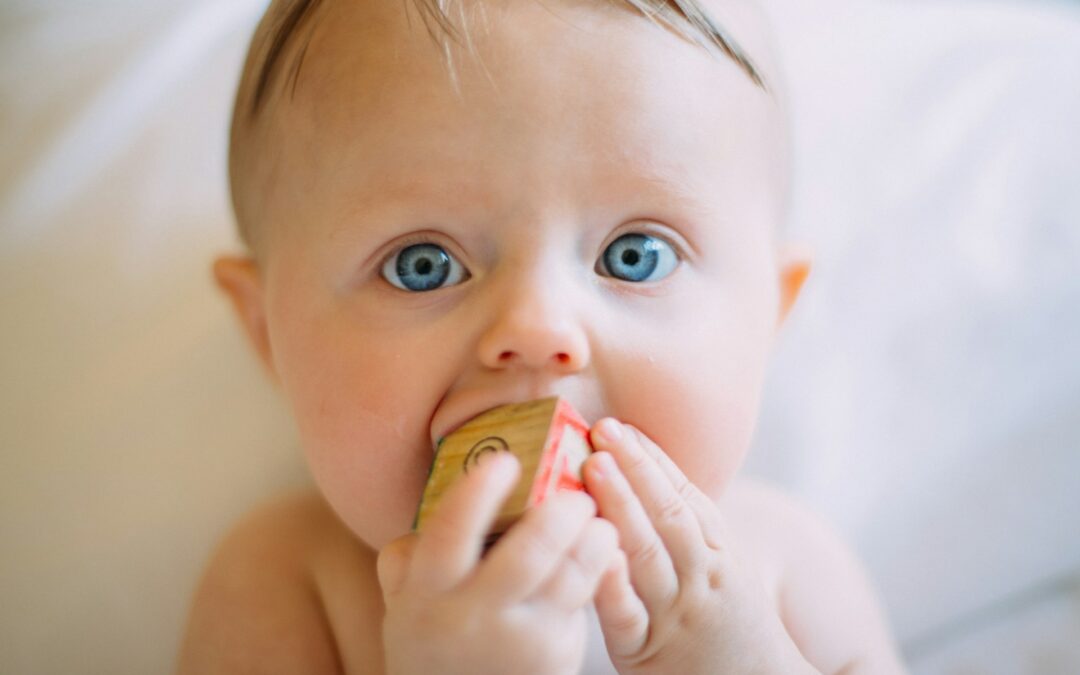
Gene-Editing Babies: 20 Pros and Cons to Consider
The topic of gene-editing babies is one that stirs a lot of discussion and debate. It's about scientists using...
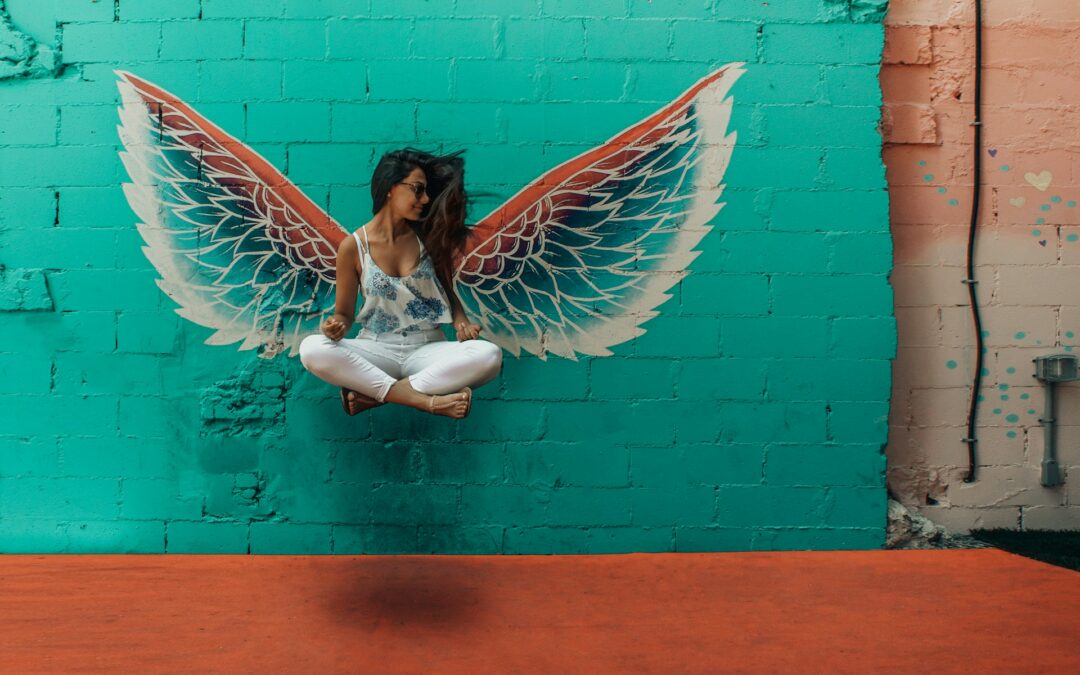
Top 30 Individual Autonomy Examples & Why It Matters
Individual autonomy, the capacity to make one's own decisions and govern oneself, stands as a cornerstone of personal...
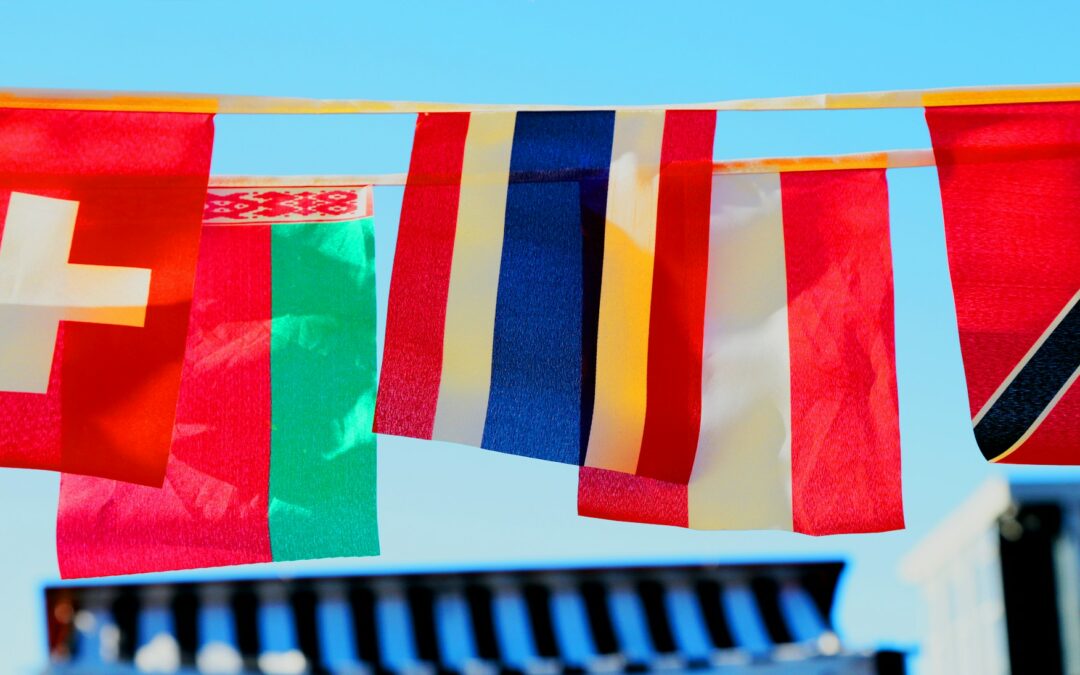
Top 20 Cultural Hybridization Examples & Definition
Cultural hybridization is a fascinating phenomenon where different cultures blend to create something entirely new and...
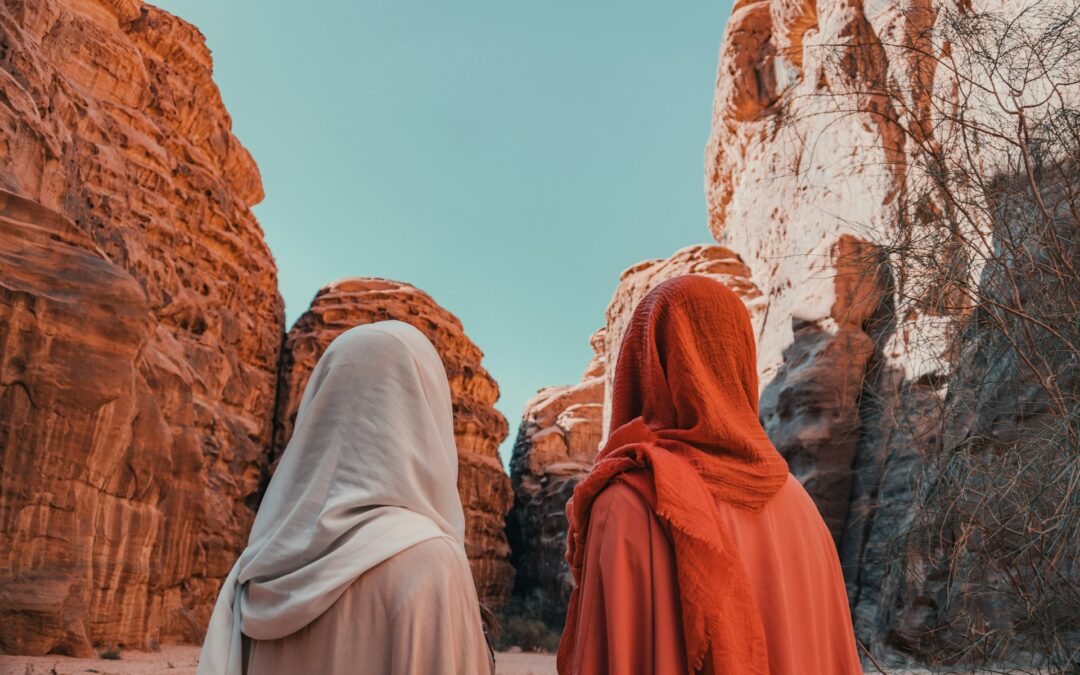
Top 20 Moral Subjectivism Examples & Definition
Moral subjectivism asserts that ethical judgments and moral values are based on individual preferences and...
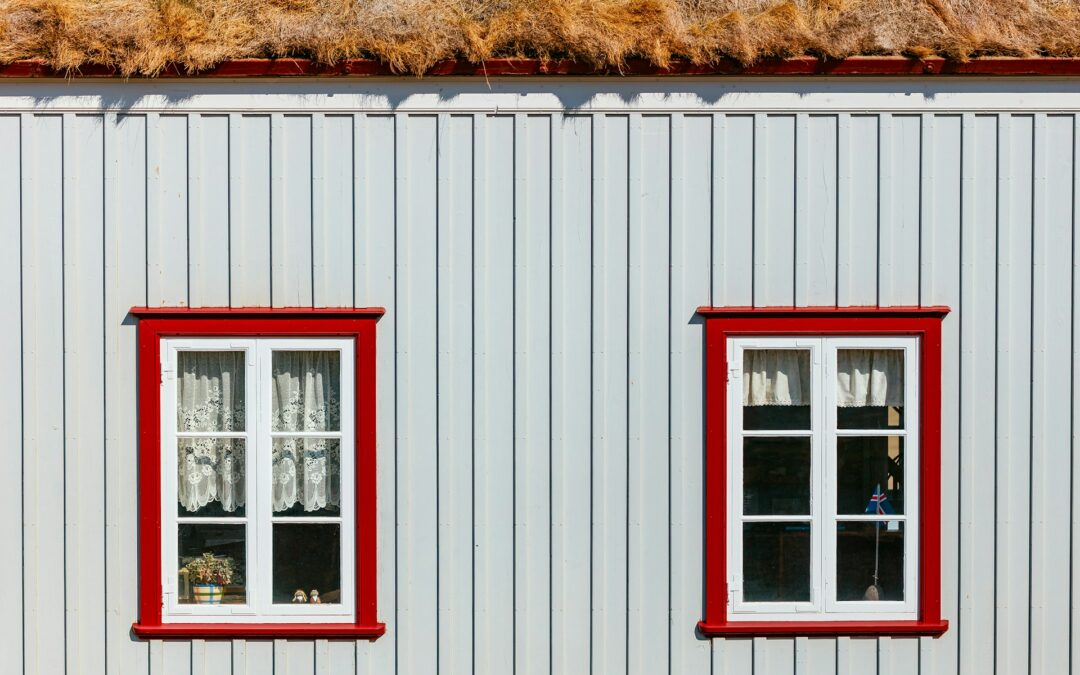
Top 20 Dualism Examples & Definition
Dualism, a concept deeply rooted in philosophy, theology, and psychology, refers to the existence of two distinct,...
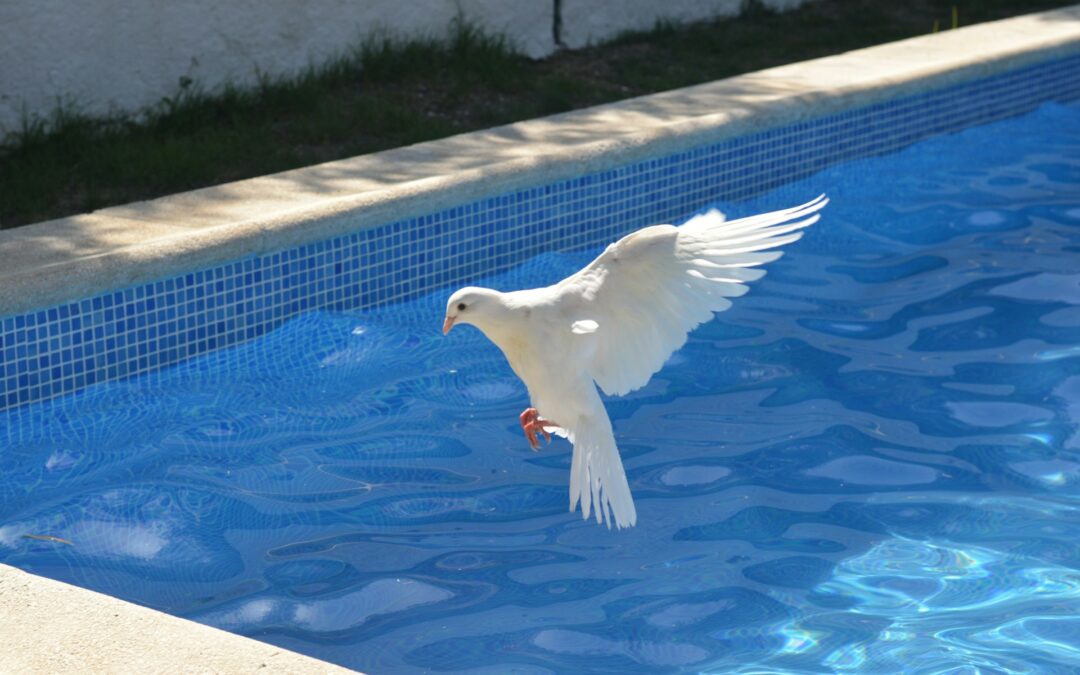
Top 30 Symbolic Archetypes Examples & Their Meaning
Symbolic archetypes are the building blocks of storytelling, weaving deep significance and universal themes into...
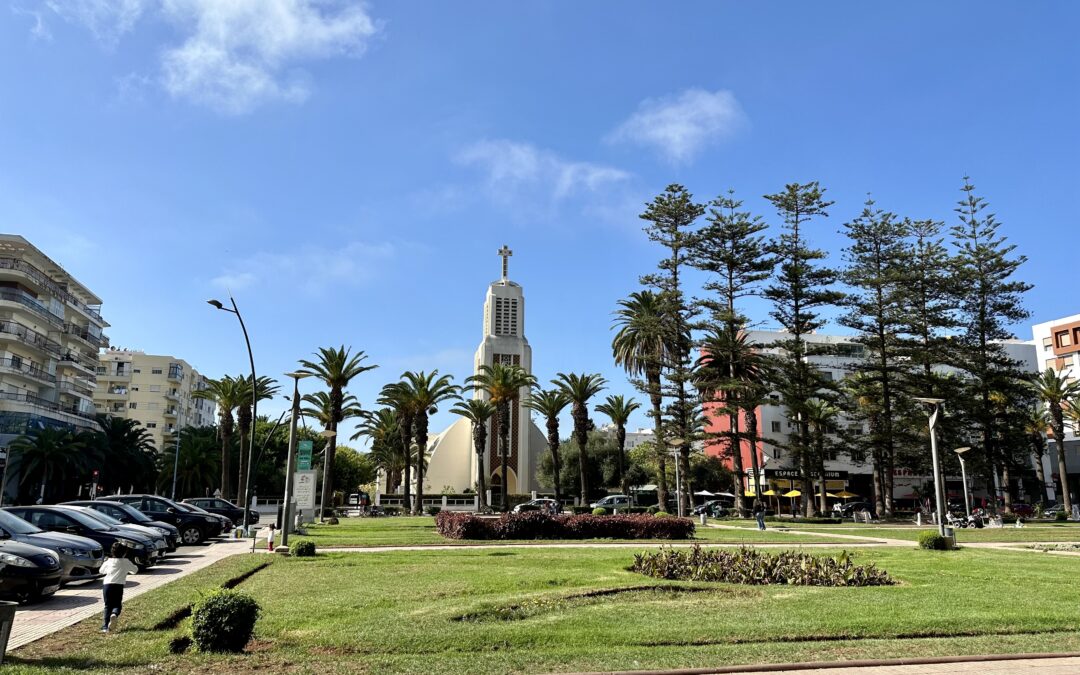
Top 20 Pluralism Examples & Definition
Pluralism represents the fabric of a society woven with varied threads – different beliefs, cultures, and...
Get Inspired with BitGlint

